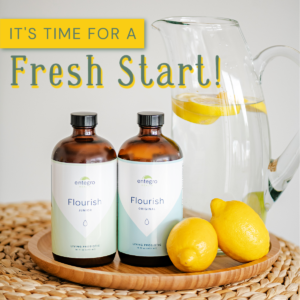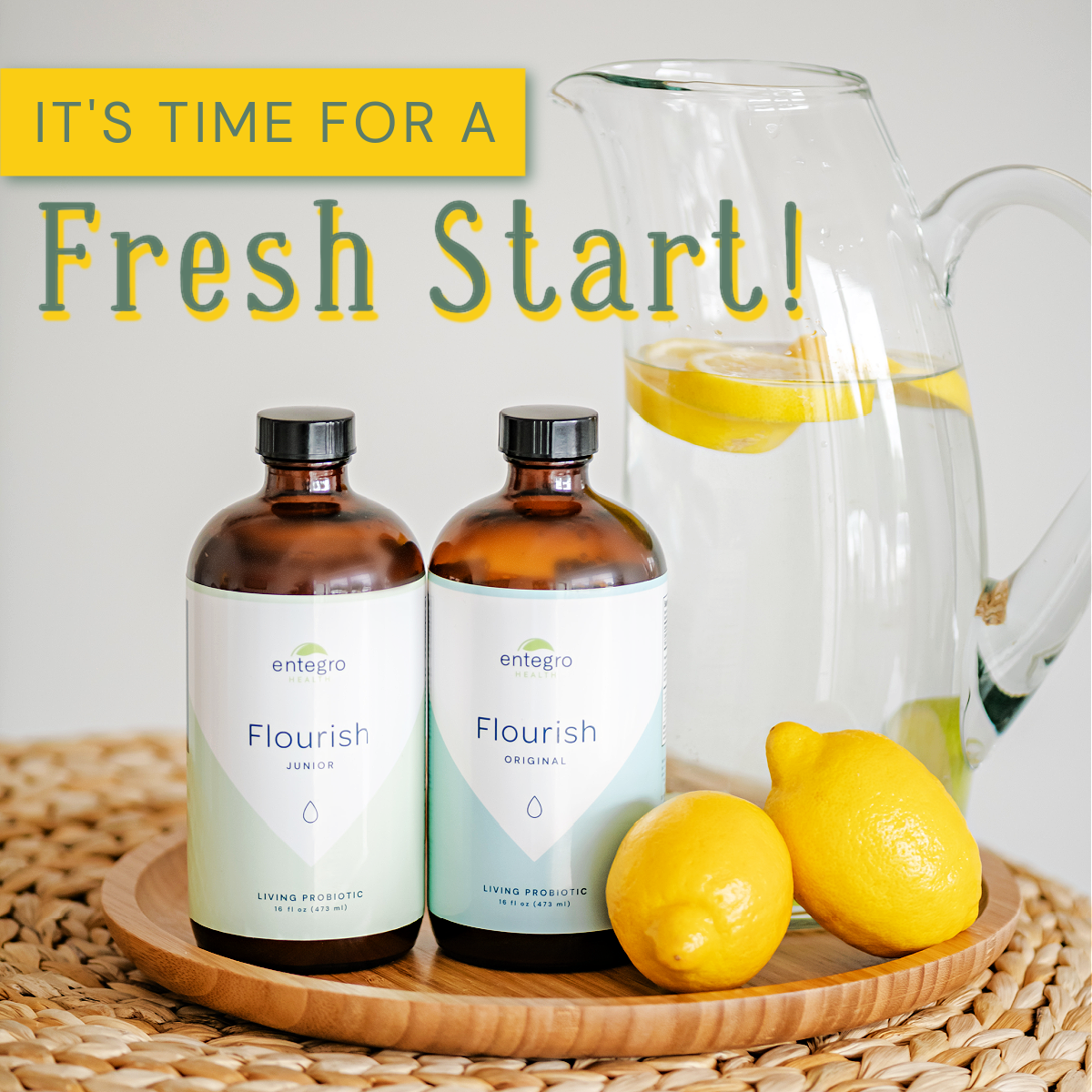Preventative + Promotional Health
Prevention and awareness go hand in hand. How do you know how to prevent wildfires if you’re not aware it is a problem in the first place? What are the associated risk factors of a wildfire? What signs and conditions promote a forest fire?
Thanks to Smokey Bear, we know the basics of wildfire safety. He’s been the campaign face managed by the US Forest Service to create awareness since 1944.
Taking care of your body is similar – awareness is a big piece of the puzzle. But how we approach it can make a world of difference in the mental application.
We may not have an anthropomorphized bear in blue jeans and a dapper hat to tell us the pros and cons of a healthy lifestyle, but most of us know that living healthfully is more likely to have a positive outcome than living with the standard American diet. But what does a healthy lifestyle look like? There is so much information out there, most commonly filled with extremes. Where is our cute little creature reminding us daily that only we can prevent disease?
information out there, most commonly filled with extremes. Where is our cute little creature reminding us daily that only we can prevent disease?
Prevention means to keep something from happening, usually in reference to a negative. Promotion means to encourage and spread awareness of information. I don’t know about you, but when I’m asked to do something with fear as the underlying motivator, my attitude reflects that negativity. When asked to do the same thing with the mindset of encouragement, my attitude is more likely to reflect that positivity. Prevention is a key to unlocking a healthy lifestyle, but promotion is the friendly application. There is no guarantee that disease will be prevented, but promoting healthy habits can promote your body’s natural ability to stay healthy. By promoting the good things, the negative things will be prevented.
While making lifestyle changes, we can utilize the power of mindset to overcome several common pitfalls.

Four common mental traps and tools to overcome:
1. All or Nothing mentality
When we look at the day as a whole – making the best decisions for the entire day – it can look overwhelming. It’s also easy to say ‘Well, I ate a doughnut at break this morning, so my day is shot. I’ll just eat whatever today and start again tomorrow.’
Mental shift – Days, weeks, and years are a series of decisions
If we look at the day as a series of decisions, it’s easier to take each choice as they come. ‘Yes, there may be doughnuts in the break room, but I was planning to have a beer on the deck tonight. I’ll skip the doughnut now and plan for a future opportunity.’
2. “Diet”
Making changes to habits and routines can be a challenge. Labeling changes as a “diet” not only sounds/feels excessively restrictive, it has a temporary feel to it.
Mental Shift – Lifestyle changes
Going into habit building with the mindset of a long-term commitment, or even making healthy living a hobby, can keep your vision on the long term.

3. Too much information – too many ‘diet’ options that often label food as bad or good
Similar to the All or Nothing mentality, labeling foods as good or bad can conjure up feelings of guilt and shame, both decidedly negative feelings.
Mental Shift – Keep it simple. Keep it diverse.
Fruits, vegetables, whole grains, lean proteins, and foods high in omega-3 fats are all consistently great options. Omitting entire food groups is rarely a sustainable way of living. Human bodies require a diverse array of vitamins and minerals to run smoothly. This requires a wide variety of food sources including fermented foods.
4. Comparing
The biggest, baddest mental trap of them all is comparing. It robs us of joy in many areas of life. Comparing what others do or do not do for health and the outcomes that they may see can be a sticky negative loop. Being thin does not equate health but we live in a culture that tends to connect the two.
Mental Shift – Healthy insides
Every. Body. Is. Different. Making healthful changes with the broad view of healthy insides versus outward appearances can promote a long-term commitment to health.
The Good News
 However, there is good news! All these healthy choices that are good for you are also good for the friendly hitchhikers found in your microbiome. The bacteria in your gut benefit from a positive mindset and diverse food sources. In fact, emerging research is finding a strong connection between the enteric nervous system (found primarily in the gut) and the central nervous system (found in the brain and spinal cord). Current thinking shows that intestinal distress can be the cause OR the effect of anxiety.
However, there is good news! All these healthy choices that are good for you are also good for the friendly hitchhikers found in your microbiome. The bacteria in your gut benefit from a positive mindset and diverse food sources. In fact, emerging research is finding a strong connection between the enteric nervous system (found primarily in the gut) and the central nervous system (found in the brain and spinal cord). Current thinking shows that intestinal distress can be the cause OR the effect of anxiety.
Knowing that each change you make also improves your gut health, makes those choices even more effective. Get a better bang for your effort’s buck.
One quick and easy way to encourage proactive health and a balanced microbiome is to include an ultra-concentrated dose of Flourish living probiotic in your daily routine. Learn more about probiotics and what makes Flourish unique here.
As with all parts of life, health choices fit into one of three buckets. Things you can control, things you cannot control, and things you can influence.
Let’s take a look at the risk factor of heart disease:
Can control – eating and exercise patterns, smoking cessation
Cannot control – family history of heart disease
Influence – cholesterol and blood pressure levels
Choosing to accept things we cannot control, and accept the ownership of what we can control, and even influence, may help direct the most effective areas to approach.
Take some time today to reflect on what you are doing to promote health. Is there an area in your control bucket you can promote? Choose one and start today, for yourself and the trillions of bacteria that depend on you!
Written by Lorilyn Van Dyke, Entegro Health

 New customers! Get 11% OFF your first Flourish order with Code FRESHSTART11
New customers! Get 11% OFF your first Flourish order with Code FRESHSTART11